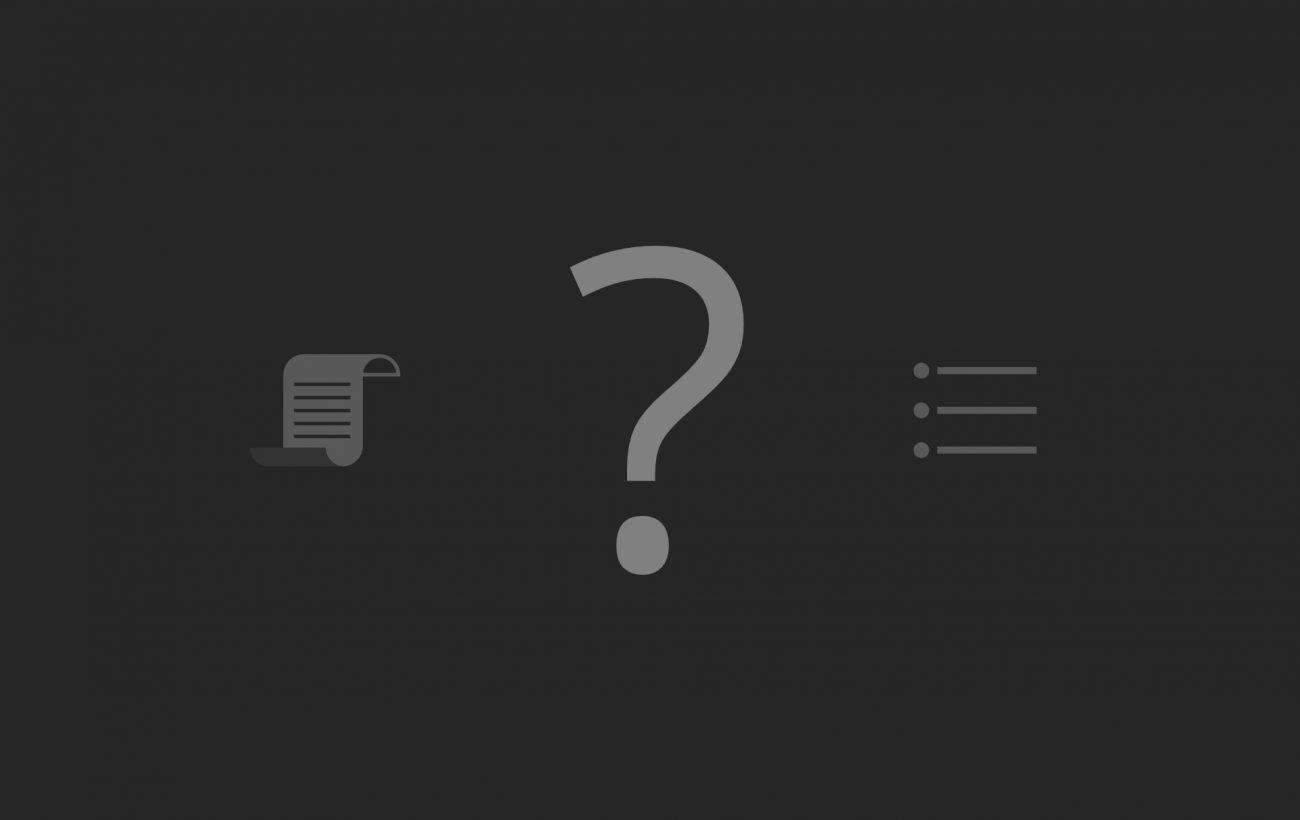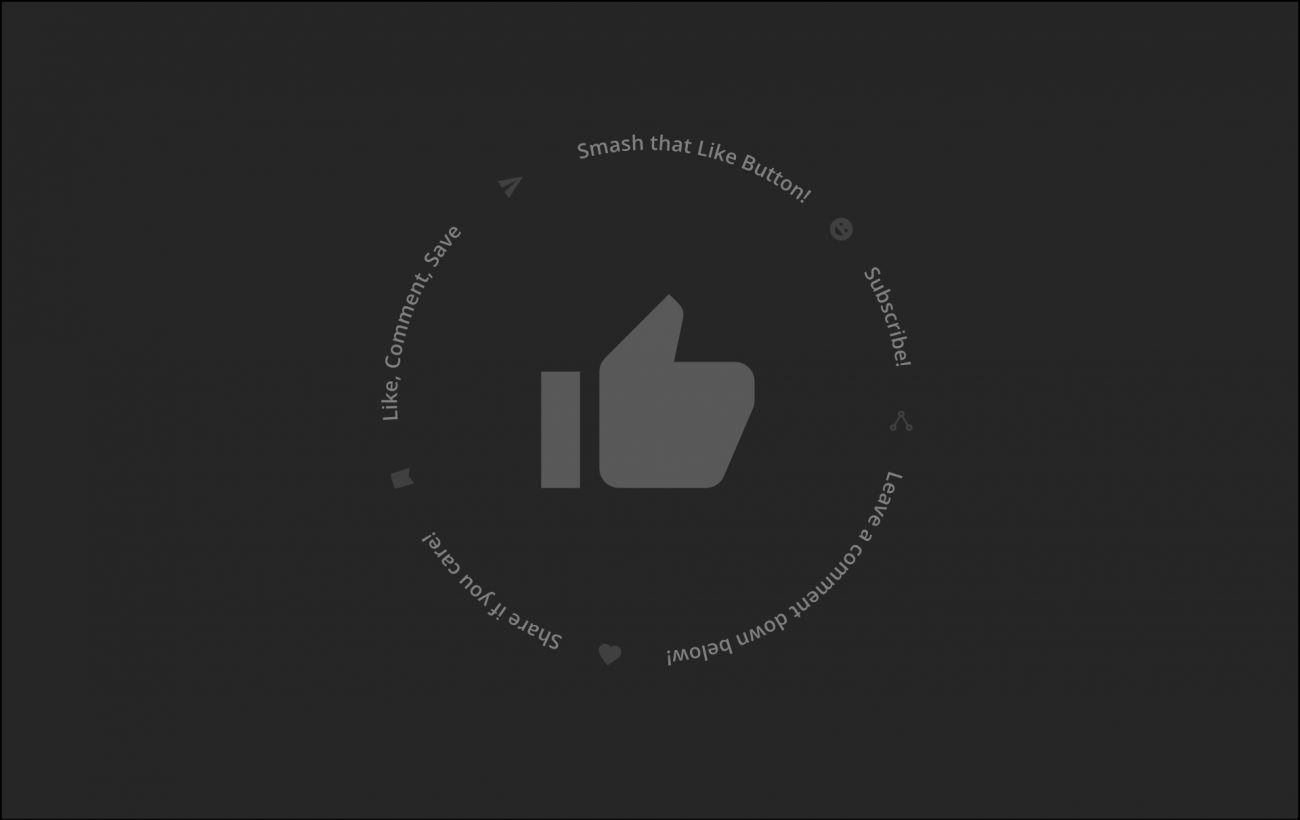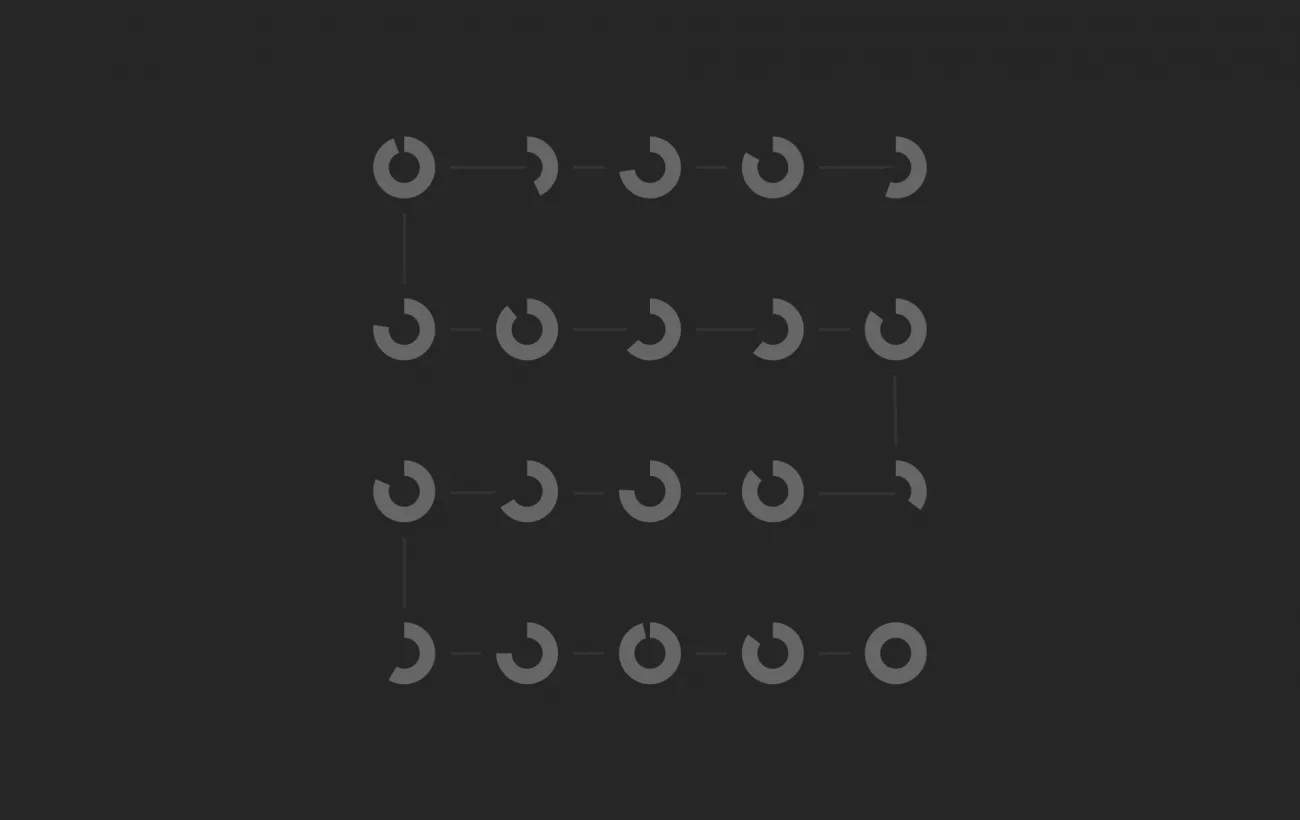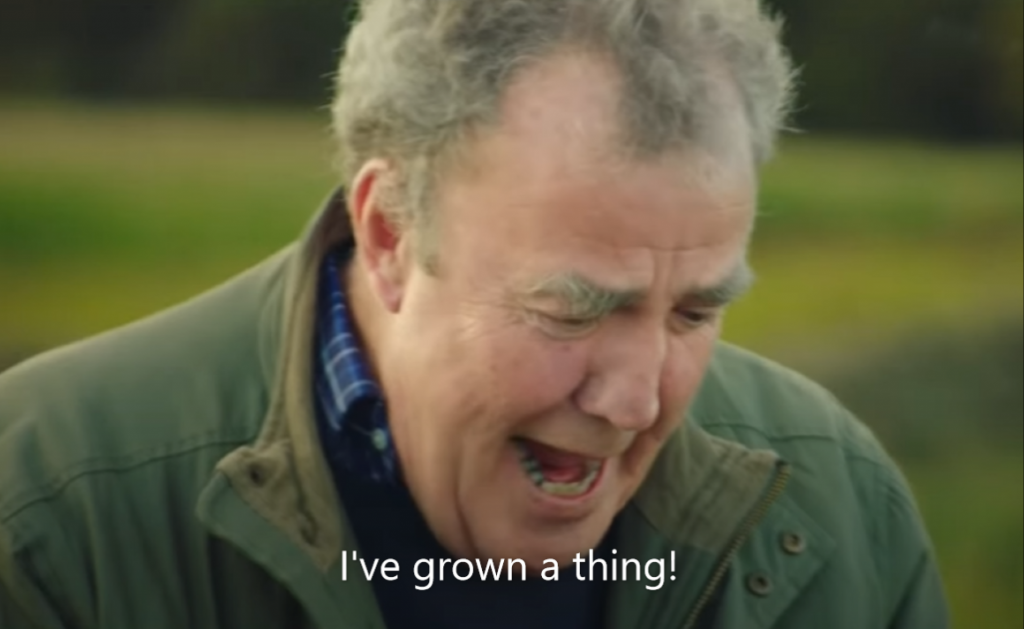I’m two months in to creating videos for my YouTube channel. It’s been a great experience, and one that’s prompting me to learn a whole load of new skills not just specific to YouTube.
Before I started filming my own videos, I consumed quite a lot of content and learnt as much as I could without paying for any expensive courses. Whilst I’d filmed and edited video for work previously, I was aware that YouTube was a different game, and I wanted to produce content from the off that I wouldn’t be overly disappointed in a few months down the line.
Something I was particularly interested in learning was the end to end process that the YouTubers I particularly enjoy watching use to create their videos. I was fortunate that Marquees Brownlee released his SkillShare course around the time I was looking to get started, and while over 50% of what he said wasn’t applicable to someone without so much as a DSLR to their name, the fact that he chooses to fully script his videos was really interesting to me. Most creators I had watched up until that point mainly filmed their A-Roll based off of rough notes or outlines of what they wanted to say.
Now, I enjoy watching content from creators who work via both methods. It seems that there is a bit of a trade off between the more casual, informal style of the outliners, and the professional, compact presentations of the scriptwriters. Now, my slots to do the actual filming of videos is limited to time outside of my day job and when I have the house to myself. One of the difficulties with this is when an opportunity presents itself to film a video and I haven’t finished my script.
With this in mind, I decided to try filming a video without a script. I had one particular topic in mind on which I am comfortable talking about without much prior research, and I knew the three main points I wanted to make during the course of the video. I created an outline which consisted of those three points and three subpoints, fired up my camera, and hit record.
I had expected to find this method less stressful. But surprisingly, I found it just created different problems throughout the process. The actual recording time was a bit quicker certainly. I tend to want to stick to my script quite rigidly and so end up doing multiple takes of each paragraph. A seven minute video usually takes me about 20-30 minutes to record as a result. Using the outline method meant that this was effectively halved down to fifteen minutes. Interestingly the actual length of the video itself once edited, was very similar to my scripted videos.
However, I still found the recording process just as stressful, but in a different way. Whereas my current inability to remember my script and consistently deliver it as I want to is annoying, when using an outline I found that I was just as concerned, if not more so, that I simply wasn’t providing enough value in my content.
See, while writing a script is time-consuming, when it comes time to actually sit down and record it, it’s comforting to know at least that the content you’re delivering has been properly thought through. Yes editing out multiple takes is frustrating, but it’s preferable to what I found happened when following an outline, which is that I ended up saying things that I had to edit out because they simply weren’t correct.
So, for me at least, I’ll be sticking with a script for the foreseeable future. It means that I can be sure that I’m happy with the value of my content, and hopefully my ability to deliver it succinctly and with fewer takes will only improve! It’s also a good way of improving my writing, and at the very least I guess it means I can say I have experience with scriptwriting. 🙂




